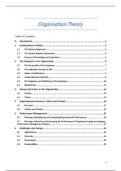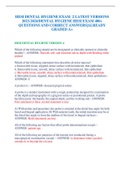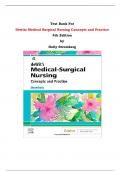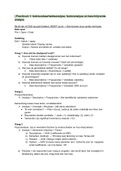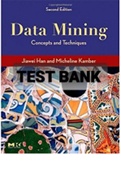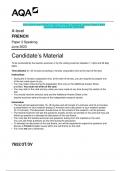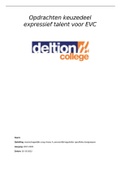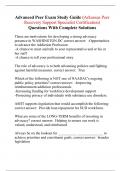Samenvatting
VOLLEDIGE Samenvatting Organisatietheorie / COMPLETE Summary Organisation Theory (F000855) based on Making organisations work
- Instelling
- Universiteit Gent (UGent)
Complete Summary of the book and slides provided by Prof. Adelien Decramer - Making Organisations Work. All important names are also highlighted to keep a clear overview! Well-structured, complete, includes visuals, and indications of what is more important for the exam!
[Meer zien]
